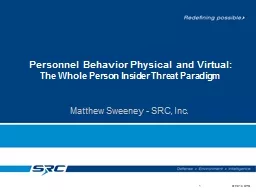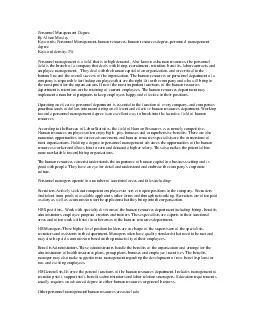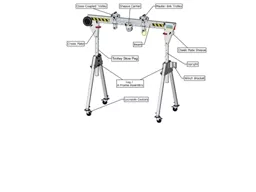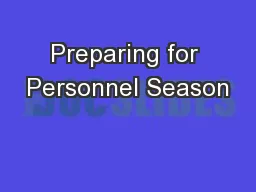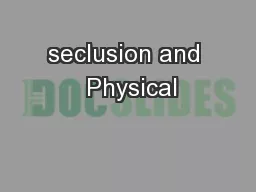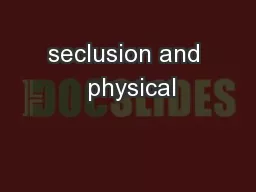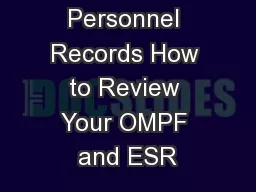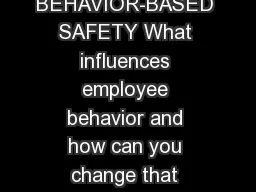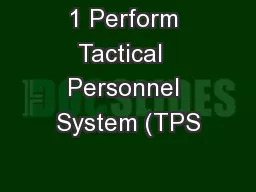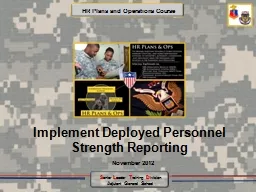PPT-Personnel Behavior Physical and
Author : leventiser | Published Date : 2020-06-17
Virtual The Whole Person Insider Threat Paradigm Matthew Sweeney SRC Inc 1 Were discussing issues of trust as they relate to personnel risk and insider threat
Presentation Embed Code
Download Presentation
Download Presentation The PPT/PDF document "Personnel Behavior Physical and" is the property of its rightful owner. Permission is granted to download and print the materials on this website for personal, non-commercial use only, and to display it on your personal computer provided you do not modify the materials and that you retain all copyright notices contained in the materials. By downloading content from our website, you accept the terms of this agreement.
Personnel Behavior Physical and: Transcript
Download Rules Of Document
"Personnel Behavior Physical and"The content belongs to its owner. You may download and print it for personal use, without modification, and keep all copyright notices. By downloading, you agree to these terms.
Related Documents

